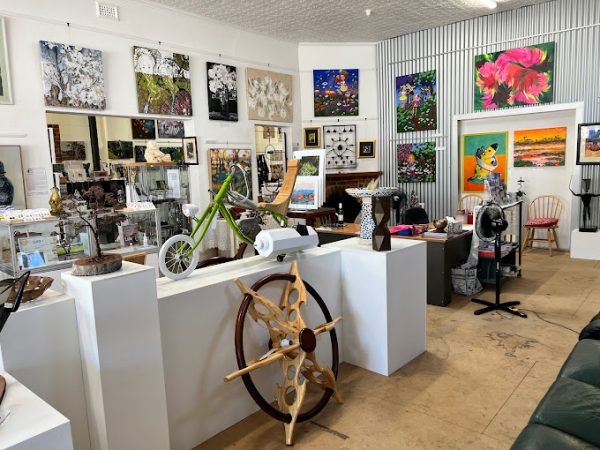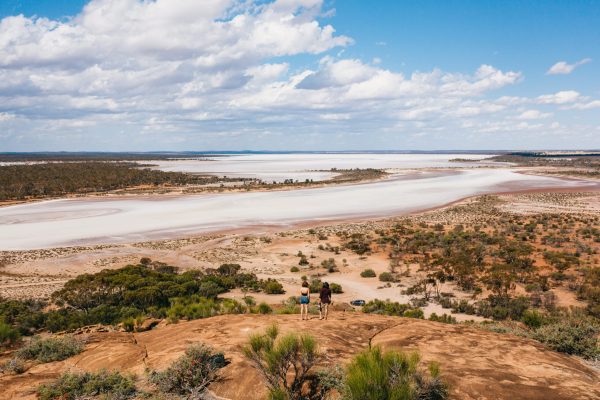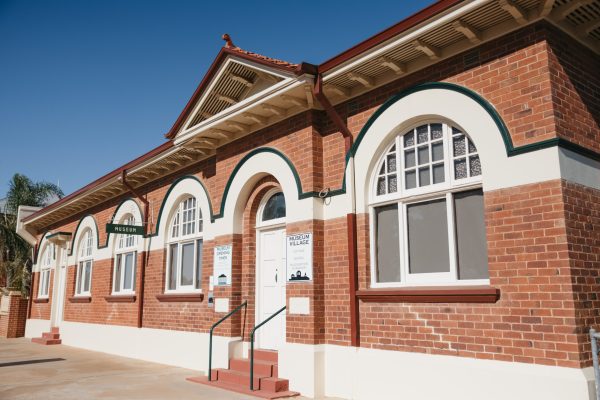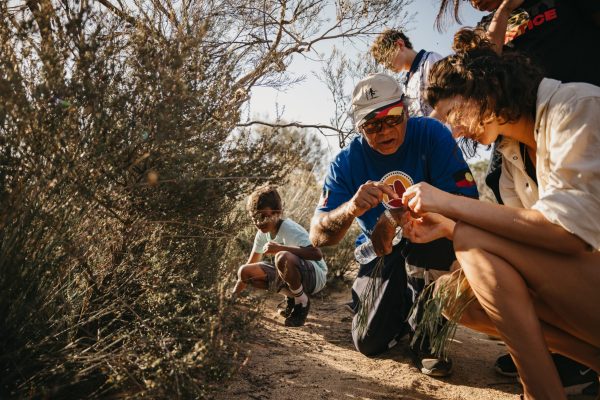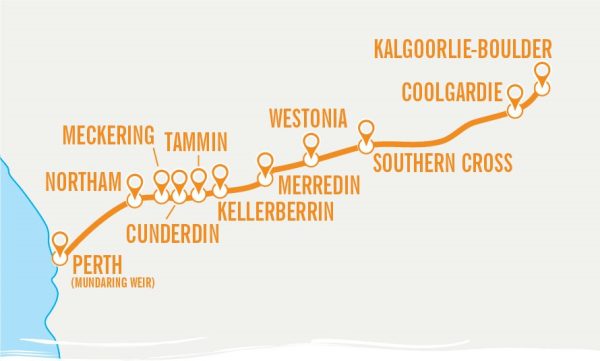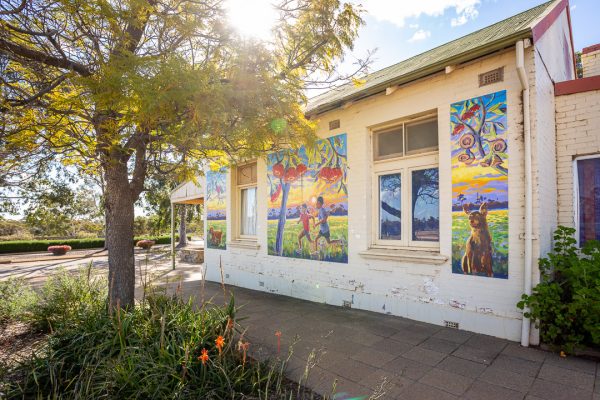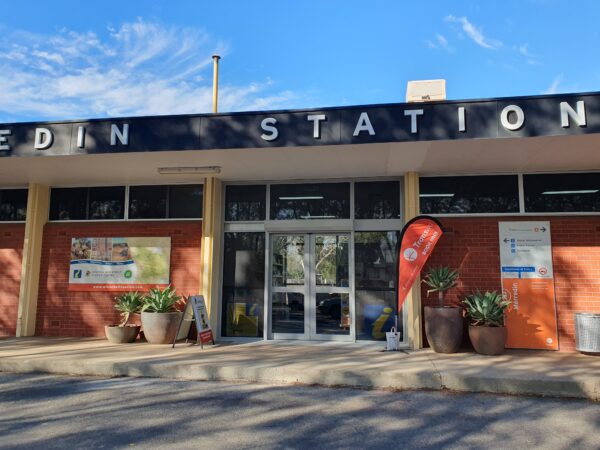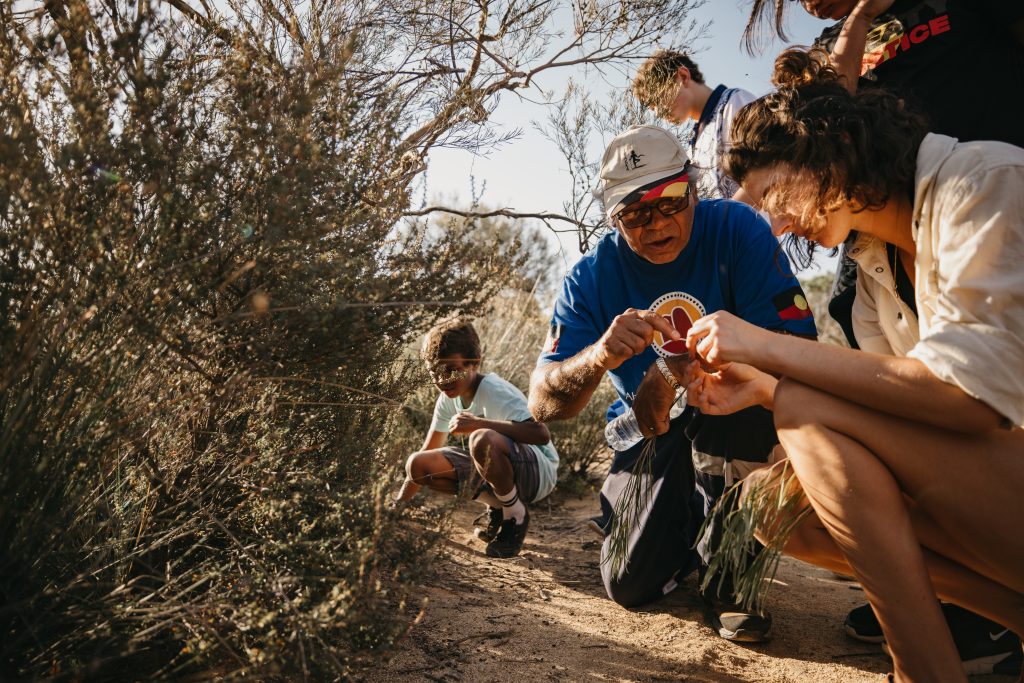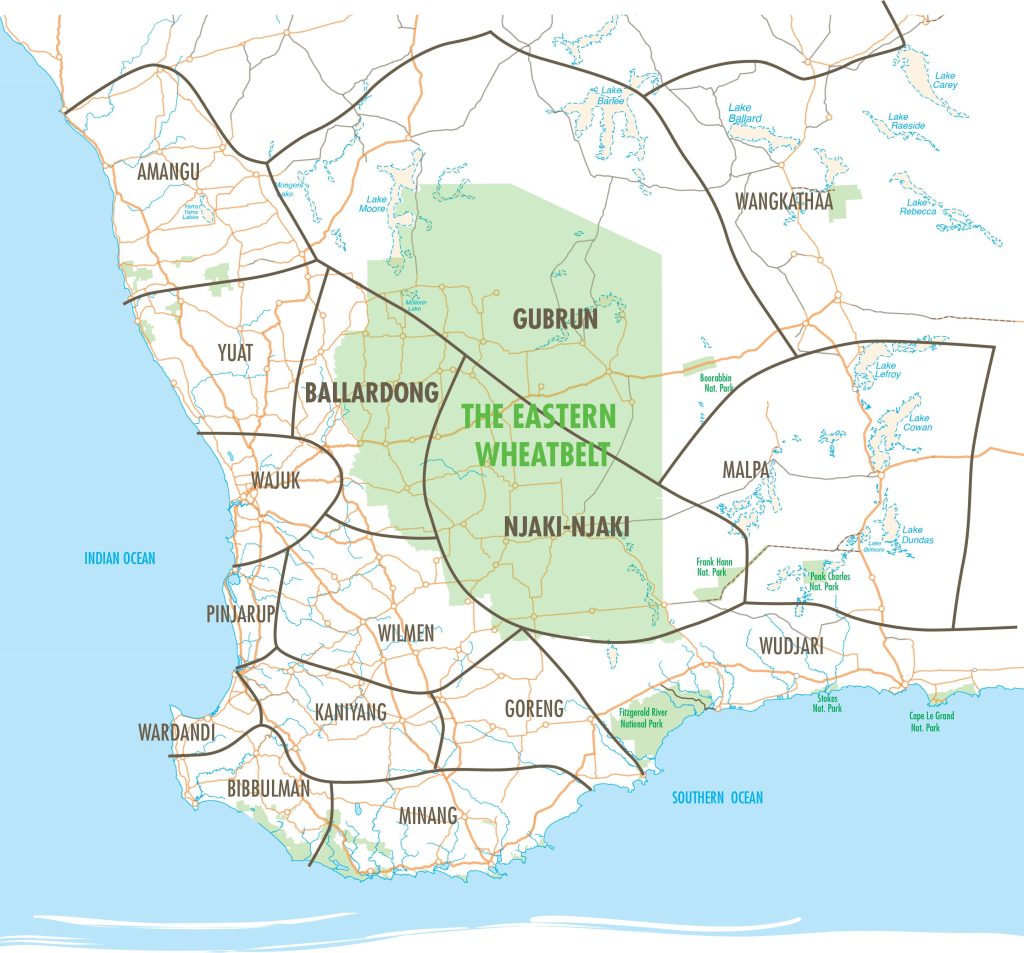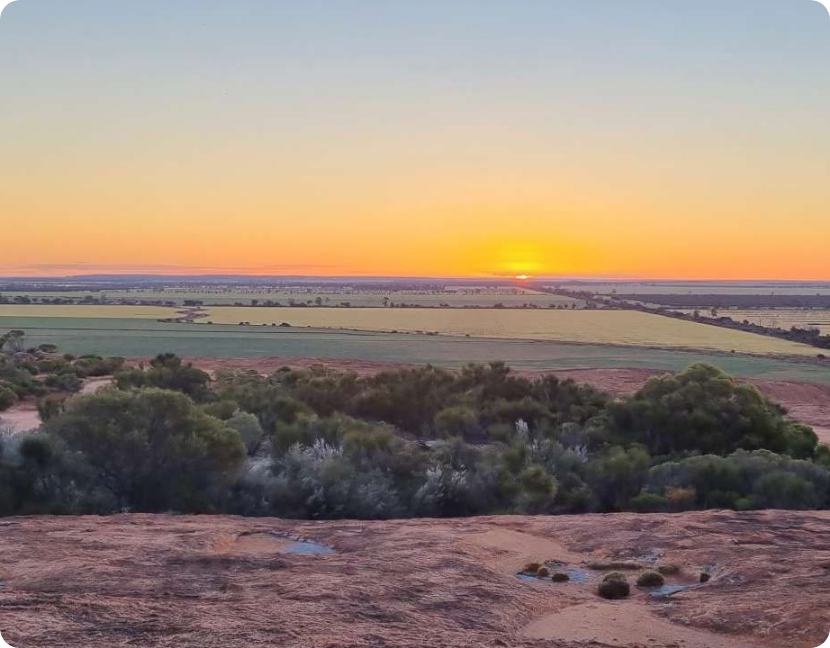A “Welcome to Country” is the unwritten rule that Aboriginal people are still using and have done so for thousands of years. This acknowledgement pays respect to the Traditional Owners, ancestors and the continued cultural, spiritual and customary practices and rights of Aboriginal people. It also provides an increase in awareness and recognition of Australia’s Aboriginal peoples and cultures.
It has become protocol for all Aboriginal people and the standard by which is used by all Australians to acknowledge, recognise and pay respect to the Traditional Owners of the lands. This is a thousand year old standard of behaviour that shows respect to each other and continues to be practiced to this very day. It is an acknowledgement for Aboriginal groups to carry on their cultural responsibilities for their traditional lands.


